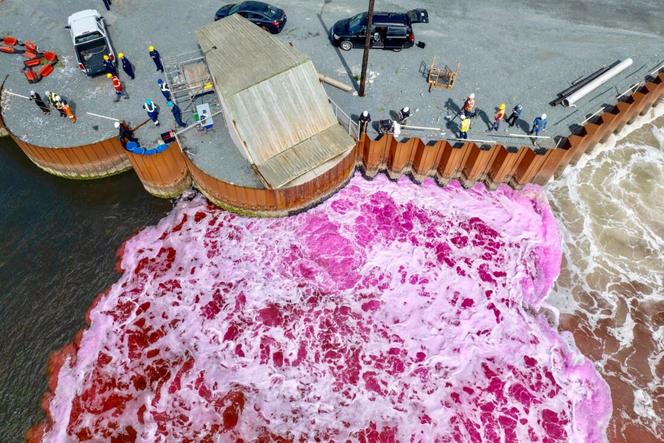


As the climate crisis worsens, humanity is searching for solutions to mitigate global warming. While countries must drastically reduce their greenhouse gas emissions, scientists are adamant that it will not be enough. Billions of metric tons of CO₂ already present in the atmosphere will also have to be removed. To achieve this, more and more companies and experts are turning to the ocean, hoping to increase its capacity to capture and store carbon. The deep blue sea has become the new frontier of climate engineering, at the risk of further damaging ecosystems.
In expert jargon, this is referred to as "marine carbon dioxide removal" (mCDR). These diverse technologies, sometimes grouped under marine geoengineering, aim to strengthen the ocean's carbon pump. The seas, which hold 50 times more carbon than the atmosphere, already absorb a quarter of human-generated greenhouse gas emissions. The subject will be on the agenda of several round tables at the One Ocean Science Congress (June 3-6, in Nice), which is expected to bring together more than 2,000 scientists in advance of the UN Ocean Conference (UNOC) in Nice, from June 9 to 13.
You have 85.05% of this article left to read. The rest is for subscribers only.
